 The purpose of description is to help readers experience your story both with their senses and emotions. Contrary to popular belief, it’s not there to look pretty or be flowery. Sure some writers can write very beautifully, but pretty prose isn’t necessary to bring your story to life. Sometimes, beautiful writing can even get in the way of or distract from the story itself!
The purpose of description is to help readers experience your story both with their senses and emotions. Contrary to popular belief, it’s not there to look pretty or be flowery. Sure some writers can write very beautifully, but pretty prose isn’t necessary to bring your story to life. Sometimes, beautiful writing can even get in the way of or distract from the story itself!
So what tools do writers possess for bringing a setting to life through description? Let’s break down the different techniques.
Sensory Details
First, the senses. You’re probably familiar with them: sight, taste, smell, touch, and sound. Sight is the easiest to write and the one we think of first when setting up a scene, but you want to get into the habit of putting yourself into a scene and feeling it with all your senses.
What might your character be hearing? Like the whistle of a kettle or a dripping faucet? What about physical sensations, like the warmth of the sun on his skin or the feel of damp sand between his toes?
Readers want to experience what your hero is experiencing. Going beyond sight grounds readers in the story and makes the setting feel rich with detail in their minds—and this in turn makes your fictional world feel more realistic.
Manipulating Mood through Word Choice
Now that we know how to make readers experience a story with their senses, how can we make them experience it emotionally using description? This writer’s magic trick is accomplished through the subtle power of word choice.
That’s right, friend, by being intentional about the words you choose you can make the reader feel whatever you want them too—without them even realizing it! Pretty neat, huh?
But you don’t want to choose any mood for your scene. Whenever you introduce a setting, your hero should have an emotional reaction to it, and this should influence the words you use to describe it. After all, readers want to experience what the hero is experiencing, right? This means his feelings about his surroundings too.
Does the hero find this place scary? Beautiful? Peaceful? Choose words that communicate what the hero is feeling—or even better, ask yourself, “What words would my hero use to describe this?”
Let’s take a look at the power of word choice with this quick example:
The castle loomed atop the cliff, its sharp spires slicing through the clouds. The iron bars of the gate had been wrenched open and now resembled the mangled ribs of a skeleton.
Notice how I didn’t say the castle was scary or creepy, though that’s likely the impression/feeling you got. Instead, I used words like loomed, sharp, slicing, wrenched, mangled, and the comparison to a skeleton’s ribs all help create a creepy, foreboding mood.
This is also an example of showing vs.telling. Instead of telling you the castle was creepy, I showed you through my word choice. Whenever you can, opt for showing over telling when appropriate.
Film Shots
“Wait, why are we talking about film?” you ask. “What does this have to do with writing?”
Allow me to explain.
A story plays out like a film in the mind, yes? Because of this, we can steal a few film tricks and apply them to our descriptions.
When you watch a movie and a new setting is introduced, it will usually be done with an extreme long shot that includes a large amount of the landscape such as a city or farm so the viewer can see where the action will take place. This is also called an establishing shot.
Then, the camera will narrow its focus to a normal long shot, which might show something like a house, kitchen, train station, etc. where the scene will take place.
Narrow the focus again to a full shot, and this allows the viewer to see more details of the character’s costumes and their surroundings.
Narrow the focus yet again to a mid-shot and we see the characters from the waist-up, allowing us to focus on their facial expressions and emotional reactions.
Narrow the focus one more time and we have a close-up of characters facial expressions or important objects.
So how does this translate into writing? We can use this technique to organize our descriptions and help them flow clearly in the reader’s mind. You do this by starting your description with a wide “establishing” shot, and then narrowing your focus.
For example:
The barn was tucked away in a meadow between two oaks, its tin roof rusted and black paint peeling. Sam shoved open the door and glanced over the rows of empty stalls and then upward at the vaulted loft filled with moldy hay. He kicked aside a rotting bucket and a mouse darted into the shadows. Wrinkling his nose, he crouched to examine the droplets of blood soaked into the earth among the spilled grain and mouse droppings.
Notice how I started with an establishing shot and kept narrowing the focus until we had a close-up description of the blood splatters. This not only helps the reader get their bearings in the scene, but it follows the natural way we experience a place—we notice the overall picture before we begin to zero-in on tiny details.
Specific Nouns
Getting as specific as possible with nouns in your description will make your world feel more realistic and create a much sharper image in the reader’s head.
Instead of “red flowers” say “poppies,” and instead of “fancy car” say “Lamborghini.”
Also, this requires you do your research. You should be able to specifically name things in your story no matter the culture or time period, such as the character’s clothing, the food they eat, the weapons used, etc.
If you’re writing a sci-fi story and your hero walks into a room full of “scientific equipment” not only is this a lousy mental image for the reader, but its lazy writing. What sort of equipment are they using? What is it called? What does it look like? It’s your job to find out.
Balance
Finally, one of the important parts of good description is balance, or knowing what to describe and when.
For example, the middle of an intense action scene is not a good time to unload a bunch of description. The reader simply won’t care and it will just get in the way. Save the description for the slower parts of your story where you are setting up a scene or introducing a new setting, character, important object, or what-have-you.
Also, you need to be discerning about what you choose to describe because you can’t (and shouldn’t!) describe everything. You’ll end up overwhelming the reader and weakening the description because they won’t be able to remember it all. So what should you focus on?
Here are 3 things to consider:
1) Choose the most important details, or the details that make the place interesting or different.
2) Choose specific details in order to set a certain mood.
3) Choose the details your character would notice. (For example, a hunter might admire a collection of rifles while a bookworm might admire a bookshelf in the same room. Different people notice different things).
But how much description is too much? This will vary based on your writing style and the type of story you’re telling.
For example, literary fiction can have longer passages of description because readers of that genre will expect and even enjoy it. But in a Young Adult action novel you’re going to want to go light on the description because your audience will have less patience.
Basically, a good rule of thumb is to tell the audience just enough to give them a clear picture and avoid any confusion. How much detail that entails, however, is up to you.
What’s your biggest challenge when writing description? What sorts of details bring a story to life for you? Let me know in the comments!
P.S. Behind on the Writing 101 series? Click to catch up! Part 1 (The Fundamentals of Story), Part 2 (Writing Term Glossary), Part 3 (Creating a Successful Hero & Villain), Part 4 (Unraveling Tension, Conflict, and Your Plot), Part 5 (Let’s Talk Dialogue), and Part 6 (Setting and Worldbuilding).
Ready for Part 8? Click here to learn about Tips and Resources for the Grammatically Challenged Novelist!










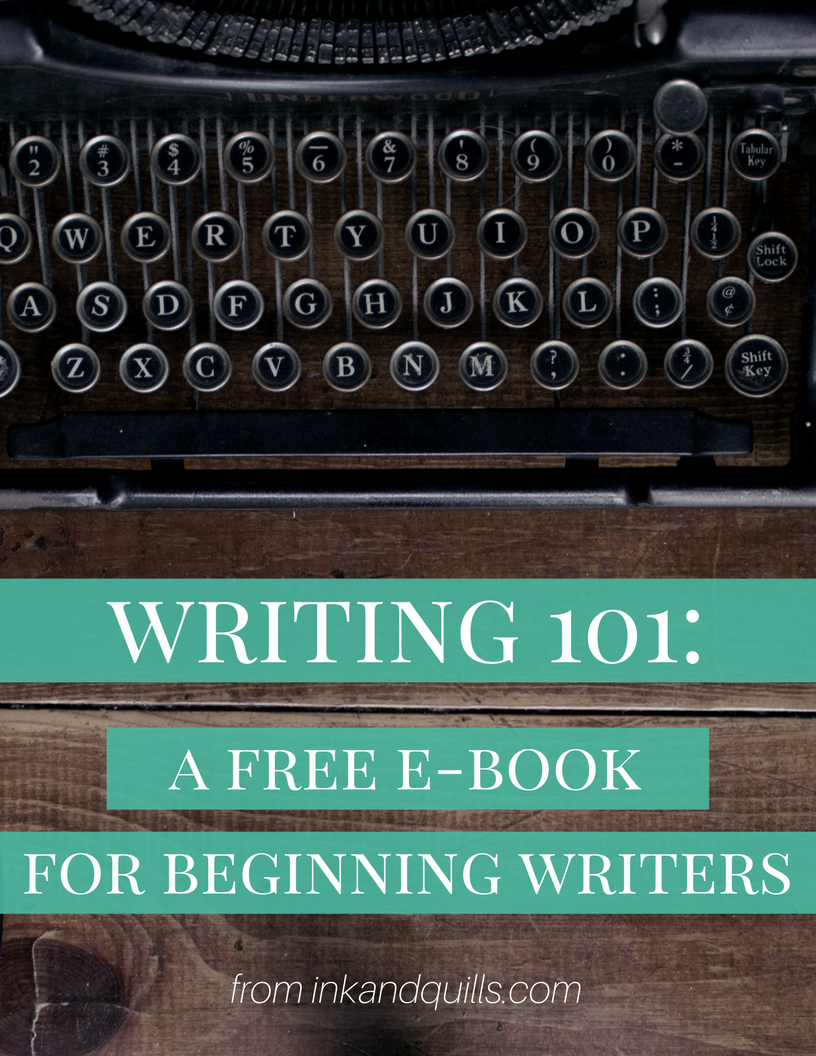

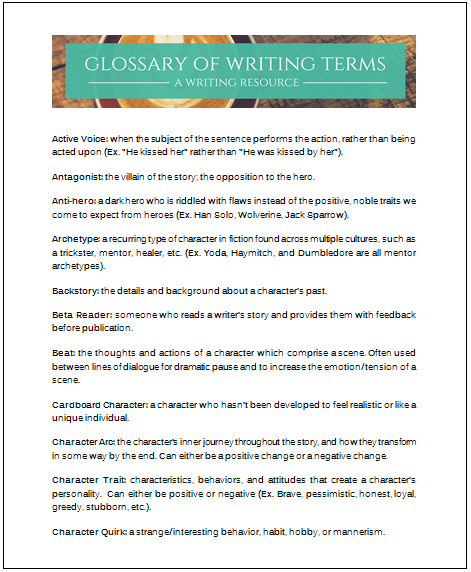

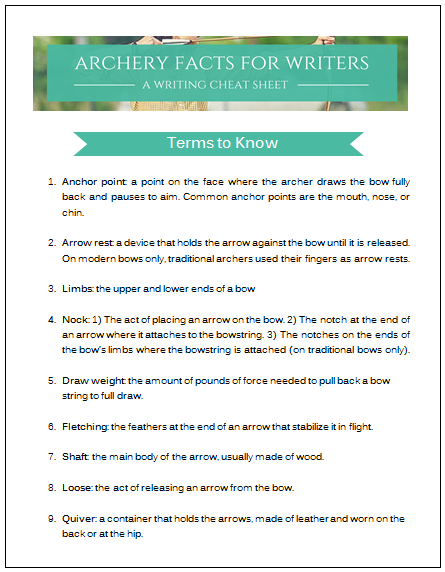



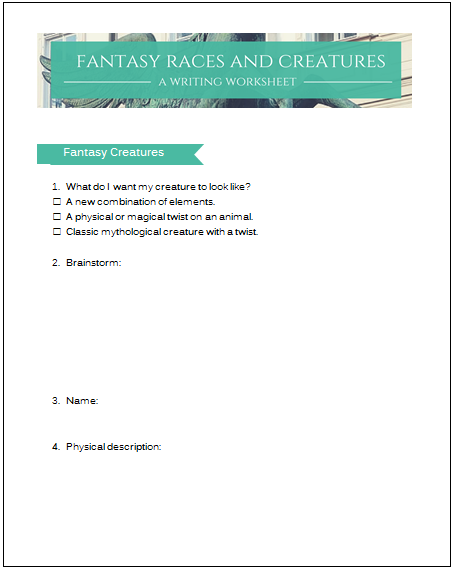


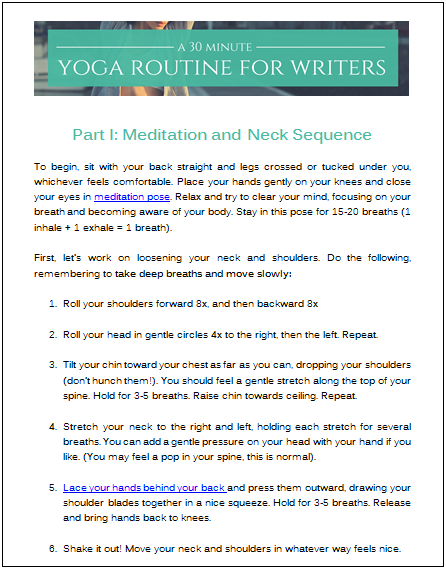
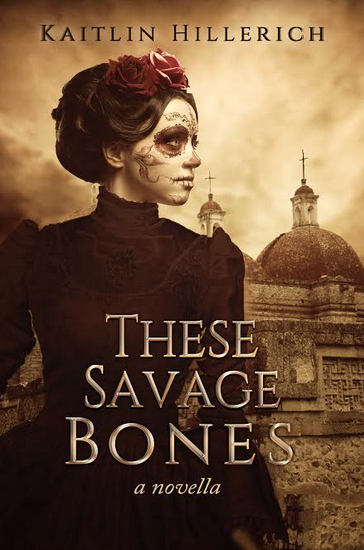
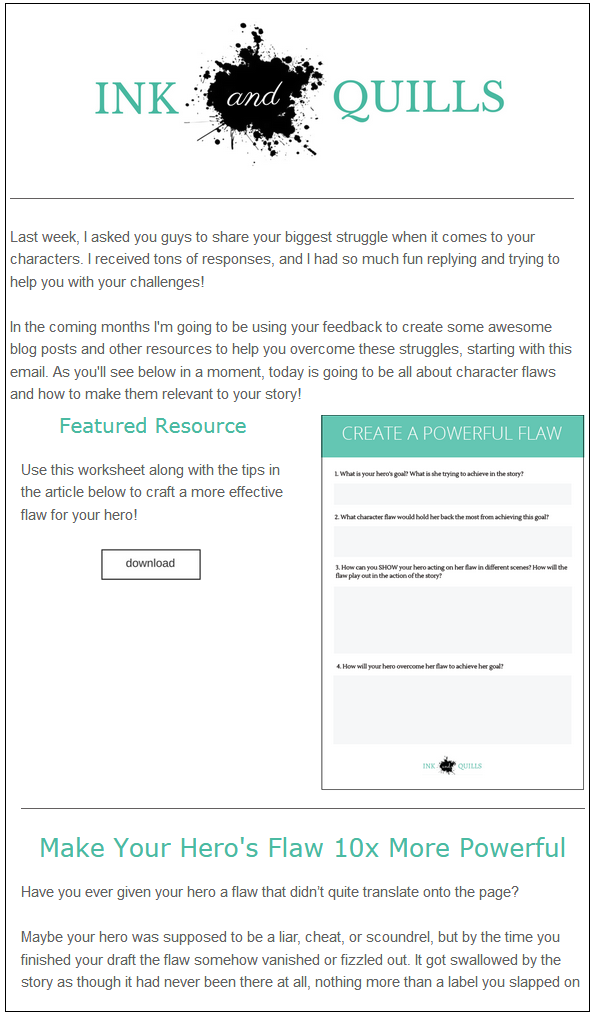
Great post, Kaitlin! I agree that it’s important to keep sensory details and mood in mind when describing something. The narrator / POV character will describe the same setting differently when she’s happy than when she’s angry or sad. And finding a balance between what to describe and what to leave out helps strengthen your writing, too.
It’s funny, because I’m actually drafting a post for my blog on description, from an editing standpoint. (Specifically, how to cut down on overdescription.) I think I’ll include a link to this post at the end of mine so readers can check it out if they want more information. 🙂
Yes, getting into the head of your POV character can definitely influence your descriptions in interesting ways! That sounds like a great post topic, I look forward to reading it! And I would be honored if you linked to my post ^.^ Thanks for stopping by, Sara!
This post has some amazing tips in it! I love using action words (like in your castle example) to really create mood in my writing. They can really bring how the character is feeling into it without saying ‘she didn’t like this place,’ etc. Sometimes I struggle though to bring in textural details, such as the feeling of an armchair, and scents as I tend to naturally focus on sight and sound. Thanks for the great post! 😀